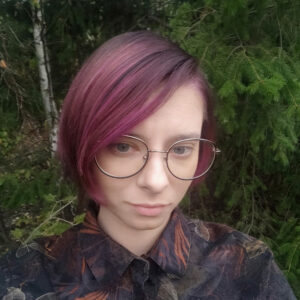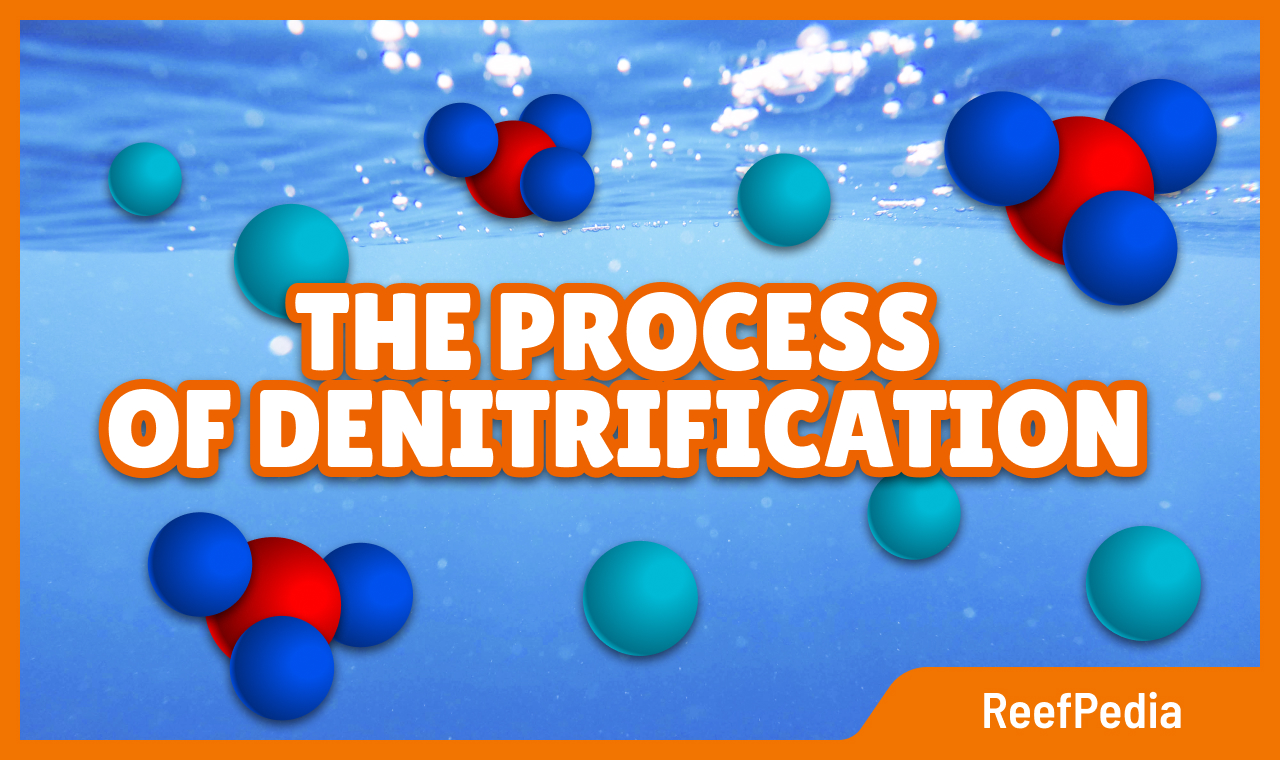Denitrification is a process that occurs under anaerobic conditions, it breaks down nitrogen-containing compounds and removes them from the water in the form of N2 into the atmosphere. Denitrification is therefore a very important process in the nitrogen cycle in nature, It also performs a very important function in removing toxic nitrogen compounds from the marine aquarium.
Although the denitrification process occurs only under low oxygen conditions, potential denitrifiers belonging to a very wide range of heterotrophic microorganisms are identified in almost all environments in both aerobic and anaerobic water and sediments.
Many microorganisms can also grow under aerobic conditions, using oxygen as an alternative electron. Most denitrifiers belong to the Proteobacteria, which are facultative anaerobes. They have a number of enzymes that enable them to use nitrogen compounds in place of oxygen. The final step in this process is the release of nitrogen gas. Some common organisms, such as Beggiatoa, completely reduce nitrate to ammonia, while many others reduce it only to nitrite.
The denitrification process can be broken down into several stages carried out by different microorganisms.
In the first stage, the reaction is catalyzed by nitrate reductase A and B
The second step in the dissimilation pathway is the reduction of nitrate(III) to N2.
The reaction takes place under anaerobic conditions in three stages.
Summary
In a marine aquarium, the process of denitrification occurs in the channels of the rock, in the sand and in many other places where the water flows very slowly. This process is very important for lowering NO3 in the marine aquarium.
Read more about the nitrogen cycle in the article: link here
Literature
https://hahana.soest.hawaii.edu/cmoreserver/cruises/biolincs/nitrogen.htm
Jiang, X., & Jiao, N. (2016). Nitrate assimilation by marine heterotrophic bacteria. Science China Earth Sciences, 59(3), 477-483.
Allen, A. E., Booth, M. G., Frischer, M. E., Verity, P. G., Zehr, J. P., & Zani, S. (2001). Diversity and detection of nitrate assimilation genes in marine bacteria. Applied and Environmental Microbiology, 67(11), 5343-5348.
Andersson, M. G., van Rijswijk, P., & Middelburg, J. J. (2006). Uptake of dissolved inorganic nitrogen, urea and amino acids in the Scheldt estuary: comparison of organic carbon and nitrogen uptake. Aquatic Microbial Ecology, 44(3), 303-315.
Munn, C. B. (2019). Marine microbiology: ecology & applications. CRC Press.
https://nano-reef.pl/forums/topic/35257-cykl-azotowy-w-%C5%9Bwietle-najnowszych-bada%C5%84/
Bik, H. M., Alexiev, A., Aulakh, S. K., Bharadwaj, L., Flanagan, J., Haggerty, J. M., … & Coil, D. A. (2019). Microbial community succession and nutrient cycling responses following perturbations of experimental saltwater aquaria. MSphere, 4(1), e00043-19.
https://reefs.com/magazine/aquarium-chemistry-the-nitrogen-cycle-new-developments-and-new-prospects/
About Author

Agata Łobocka
I’m an industrial biotechnologist by education. I’m fascinated by microbiology and the influence of the microworld on everything that surrounds us. Professionally, I create products based on microorganisms that are more environmentally friendly than classic, popular preparations.
Before I started my adventure at Reef Factory, I was widely interested in freshwater aquaristics. In the world of marine aquaristics, I was most fascinated by the huge network of dependencies created by corals with their symbiotic microorganisms. These relationships perfectly show that organisms need their microfriends to function in health, and every element of this relationship benefits from it.
Privately, I’m interested in new technologies that counteract the negative impact of man on the environment. I'm also into self-development, cognitive science and popular science literature. I like to spend my free time actively, surrounded by beautiful nature.
I hope that my articles from the Biology section o ReefPedia will help you better understand the life in a marine aquarium.

